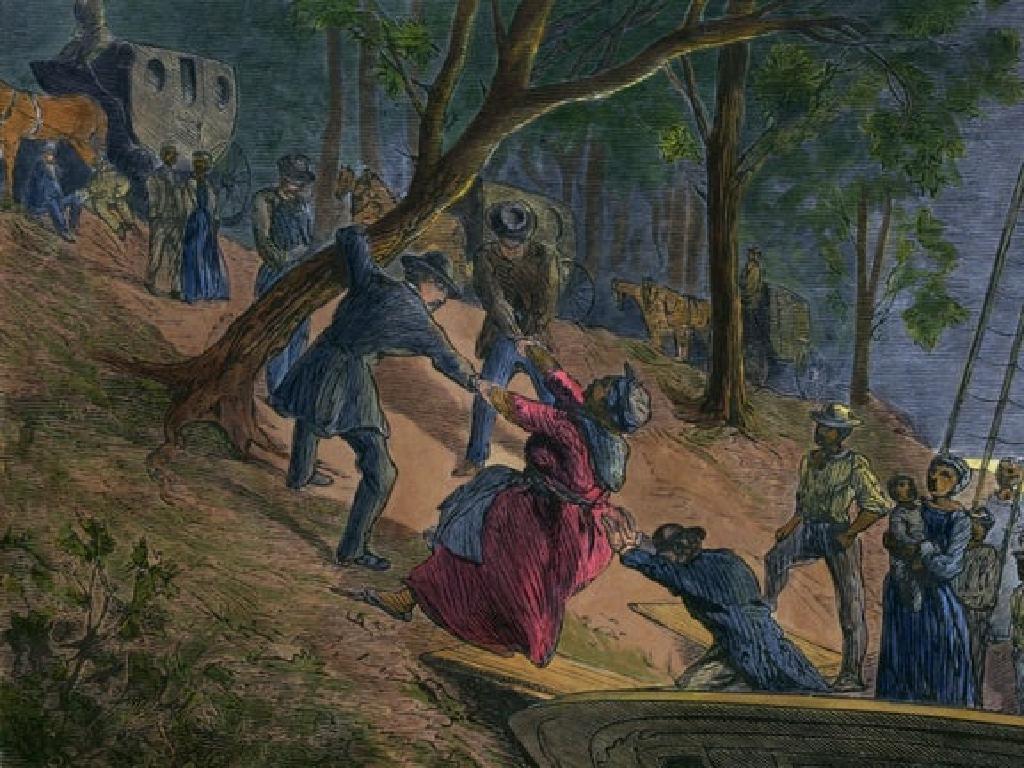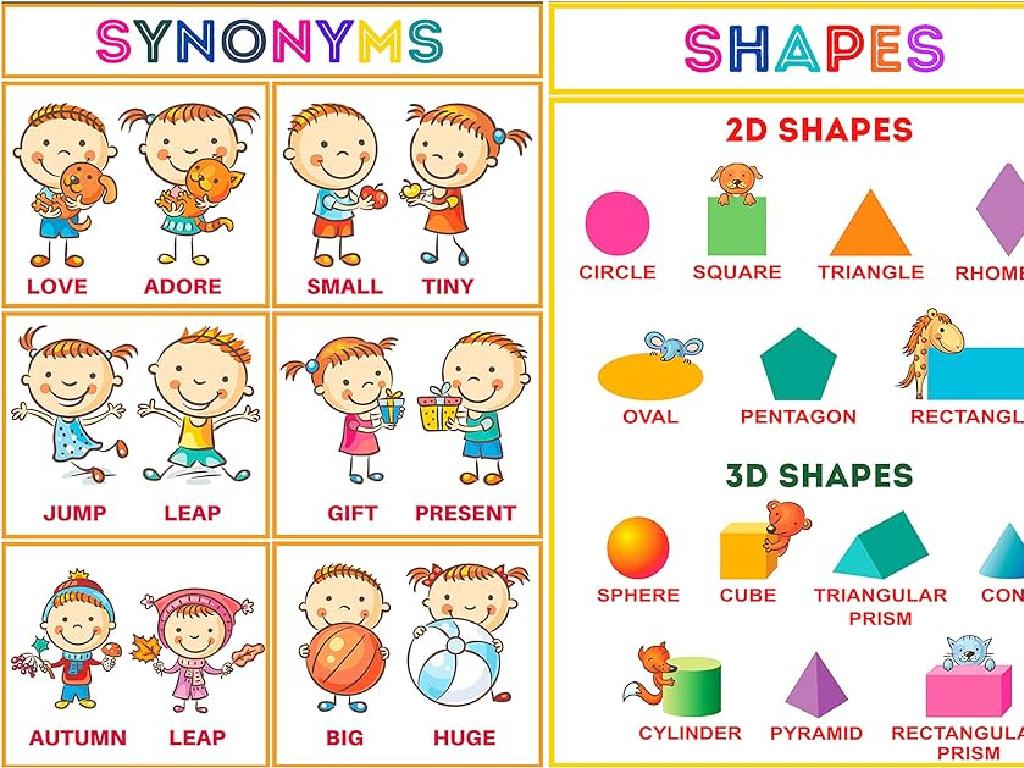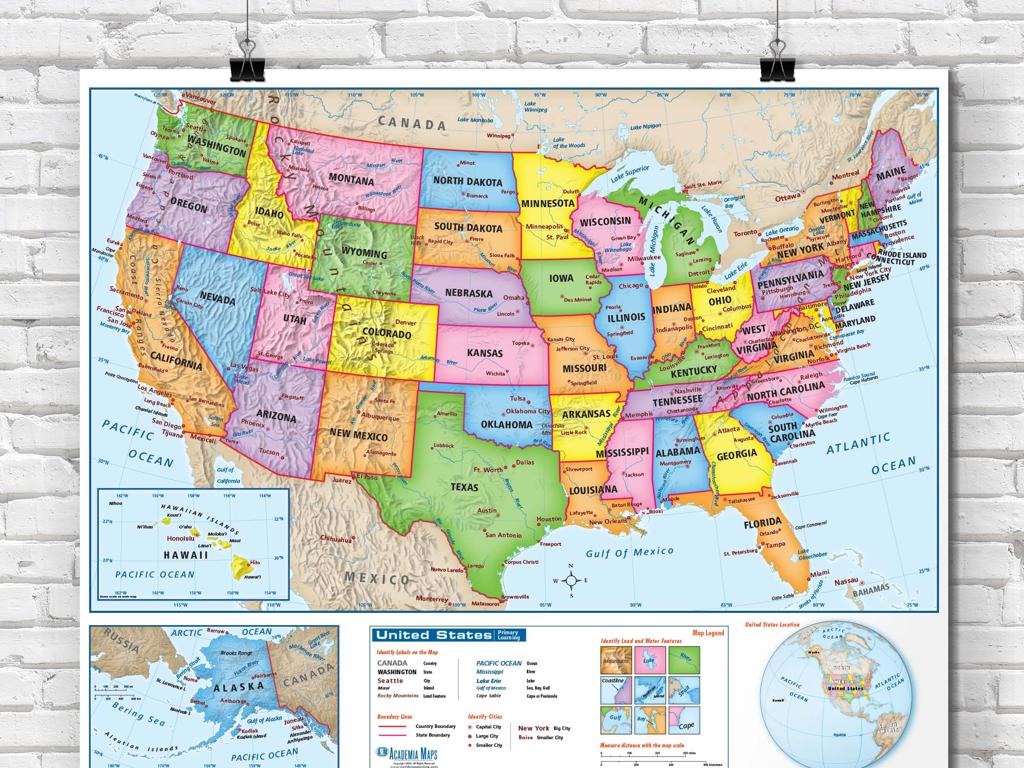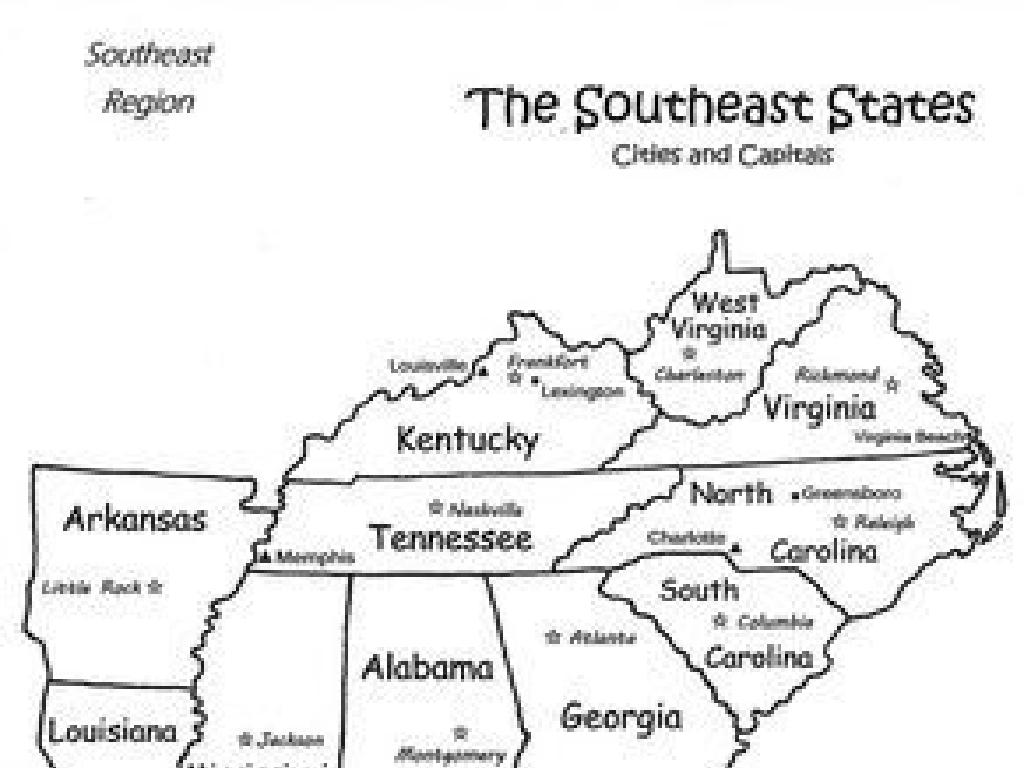Solve Percent Equations: Word Problems
Subject: Math
Grade: Seventh grade
Topic: Percents
Please LOG IN to download the presentation. Access is available to registered users only.
View More Content
Solving Percent Equations in Real Life
– Understanding daily life percents
Percents are everywhere: sales tax, discounts, interest rates.
– Defining percent equations
Equations that involve finding percentages of numbers.
– Real-world percent scenarios
Calculating tips, discounts, and interest in everyday situations.
– Solving percent problems
|
This slide introduces students to the concept of percent equations and their relevance to everyday life. Begin by discussing how percents are encountered daily, such as in shopping discounts or bank interest rates. Define percent equations as mathematical expressions used to calculate percentages. Provide real-world examples, like figuring out the tip at a restaurant or the final price during a sale. Emphasize the practicality of understanding percent equations to make informed financial decisions. Encourage students to think of other examples where they use percents. Conclude by demonstrating how to set up and solve a basic percent equation, preparing students for more complex word problems.
Understanding Percentages
– Define a percentage
– A percentage represents a fraction of 100
– Convert fractions to percentages
– To convert, multiply the fraction by 100 and add a % sign
– Convert decimals to percentages
– Multiply the decimal by 100 and add a % sign
– Role of 100 in percentages
– 100 signifies the whole in percentages; it’s the reference value
|
This slide introduces the concept of percentages, which is a fundamental building block in understanding various mathematical and real-world applications. Begin by defining a percentage as a part of a whole, where the whole is always 100. Explain the process of converting fractions and decimals into percentages by providing examples: for instance, 1/2 becomes 50% and 0.75 becomes 75%. Emphasize the importance of the number 100 in percentages, as it is the basis for comparison and helps in understanding the relative size of the percentage. Use visual aids or interactive elements to help students visualize the conversion process. Encourage students to practice with different fractions and decimals to solidify their understanding.
Writing Percent Equations from Word Problems
– Understand percent equation structure
– Equation format: Part = Percent x Whole
– Identify whole, part, and percent
– Whole: total amount, Part: a portion, Percent: per hundred
– Practice with real-world problems
– Use examples like finding discounts or tax
– Write equations from word scenarios
– Convert word problems into mathematical expressions
|
This slide introduces students to the concept of writing percent equations from word problems. Begin by explaining the structure of a percent equation, emphasizing the relationship between the part, whole, and percent. Use relatable examples to illustrate how to identify these components in real-world scenarios, such as calculating discounts during shopping or determining the tax on a purchase. Encourage students to practice by converting verbal descriptions into mathematical equations, reinforcing their understanding of the percent equation format. Provide a variety of word problems for students to practice writing their own percent equations, ensuring they grasp the concept of translating words into numbers and symbols.
Solving Percent Equations: Word Problems
– Steps to solve percent equations
– Identify the parts: whole, part, and percent. Set up an equation.
– Using proportions in percent problems
– Set up a proportion where part/whole = percent/100.
– Walkthrough of a practice problem
– Example: What is 30% of 150? Set up 30/100 = x/150.
– Applying steps to solve real problems
|
This slide introduces the method for solving percent equations through a structured approach. Start by explaining the components of percent problems: the whole, the part, and the percent. Teach students how to translate word problems into equations. Emphasize the use of proportions, setting up two ratios that are equal to each other, with one ratio representing the percent in question. Walk through a practice problem step by step, demonstrating how to set up the proportion and solve for the unknown. Encourage students to apply these steps to various word problems, reinforcing the concept through practice. Provide additional examples and encourage students to solve them independently, offering guidance as needed.
Calculating Discounts with Percent Equations
– What are discounts and sales tax?
– How to calculate discounts
– If an item is 25% off, what does it cost now?
– Example: Item sale price
– Original price $50, with a 25% discount. Calculate the sale price.
– Practice with real-life scenarios
|
This slide introduces students to the concept of discounts and sales tax, which are common in everyday shopping experiences. Begin by explaining what a discount is a reduction from the original price and how sales tax is an additional percentage added to the cost of an item. Then, demonstrate how to calculate the new price of an item after a discount has been applied using percent equations. Use an example, such as finding the sale price of a $50 item with a 25% discount, to illustrate the process. Encourage students to apply this knowledge by solving similar problems with different percentages and original prices, preparing them for real-life shopping situations where they need to calculate discounts and final prices.
Understanding Interest in Percent Problems
– Define interest in finance
Interest is the cost of using someone else’s money.
– Calculate simple interest
Simple interest formula: I = PRT (Interest = Principal x Rate x Time).
– Example: Interest earnings
If $200 is invested at 5% for 1 year, interest is $200 x 0.05 x 1 = $10.
– Discuss total amount with interest
Total amount is the sum of the principal and the interest earned.
|
This slide introduces the concept of interest, a crucial aspect of financial literacy. Begin by defining interest as the money paid for borrowing or the money earned when saving or investing. Explain the simple interest formula (I = PRT), where ‘I’ stands for interest, ‘P’ for principal amount, ‘R’ for rate of interest per year, and ‘T’ for time in years. Provide an example calculation to solidify understanding. Conclude by discussing how to find the total amount after interest is applied, which is the initial principal plus the interest earned. Encourage students to solve additional problems for practice and to understand the real-world implications of interest rates on savings and loans.
Population Growth: Percent Word Problems
– Understand growth rates
– Growth rate determines how population changes over time
– Use percent equations for prediction
– Apply the percent equation to calculate future populations
– Example: Future population estimation
– If a town of 1,000 grows 5% annually, what’s the population after 1 year?
– Practice with real-world data
|
This slide introduces the concept of population growth rates and how to apply percent equations to predict changes in population. Start by explaining the concept of growth rate as a percentage that shows how quickly a population is increasing or decreasing. Then, demonstrate how to use percent equations to calculate future population sizes. Use an example, such as a small town with a known growth rate, to show students how to estimate what the population will be after a certain period. Encourage students to practice with different growth rates and starting populations to understand the concept fully. Provide real-world data for students to work with and discuss the implications of population growth in various contexts.
Class Activity: Percent Equation Scavenger Hunt
– Engage in a scavenger hunt to solve percent problems
– Work in teams to find real-world percent equations
– Solve the problems using percent formulas
– Use the formula: Part = Percent × Whole
– Share your solutions and strategies with the class
|
This interactive class activity is designed to help students apply their knowledge of percent equations to real-world scenarios in a fun and engaging way. Divide the class into small teams and provide each with a list of percent problems that they must find and solve around the classroom or school. These problems can be related to discounts, tax, tips, and population statistics. Encourage students to use the percent formula (Part = Percent × Whole) to find their answers. After the scavenger hunt, reconvene in the classroom and have each team share one problem they solved, the method they used, and the answer they found. This will facilitate peer learning and reinforce their understanding of percent equations. Possible variations of the activity could include a timed challenge, riddles leading to the next problem, or incorporating technology by using QR codes.
Review and Q&A: Solving Percent Equations
– Recap key percent concepts
Review the process of setting up and solving percent equations from word problems.
– Open floor for questions
– Discuss common challenges
Common issues: misidentifying the base or percentage, incorrect setup of equations.
– Address misconceptions
Clarify any misunderstandings, such as confusing percent increase with total value.
|
This slide is designed to consolidate the learning from today’s lesson on solving percent equations from word problems. Begin with a brief recap of the key concepts, including how to translate word problems into mathematical equations involving percentages. Encourage students to ask questions about any part of the lesson they found challenging or are curious about. Use this opportunity to address common challenges students may face, such as setting up the equations incorrectly or misinterpreting the problem’s language. Discuss and clear up any misconceptions, such as the difference between a percent increase and the final value after the increase. The goal is to ensure students leave the class with a clear understanding of how to approach and solve percent word problems.
Homework: Mastering Percent Equations
– Practice with word problems
– Solve assigned problems to apply percent concepts.
– Gear up for complex percent tasks
– Next class will involve more challenging equations.
– Ask for help when stuck
– Don’t hesitate to reach out for clarification.
– Review today’s lessons
|
This slide outlines the homework assignment focused on solving percent equations through word problems. Students are expected to practice with the problems provided to reinforce their understanding of percent concepts. They should be prepared for more complex percent challenges in the next class, which will build on what they’ve learned. Encourage students to seek help if they encounter difficulties with the homework. Remind them that understanding these concepts is crucial for their success in math. Provide examples of resources they can use, such as tutoring, online forums, or study groups. Additionally, advise them to review the lessons and examples discussed in class to ensure they are well-prepared for the upcoming complexities.






